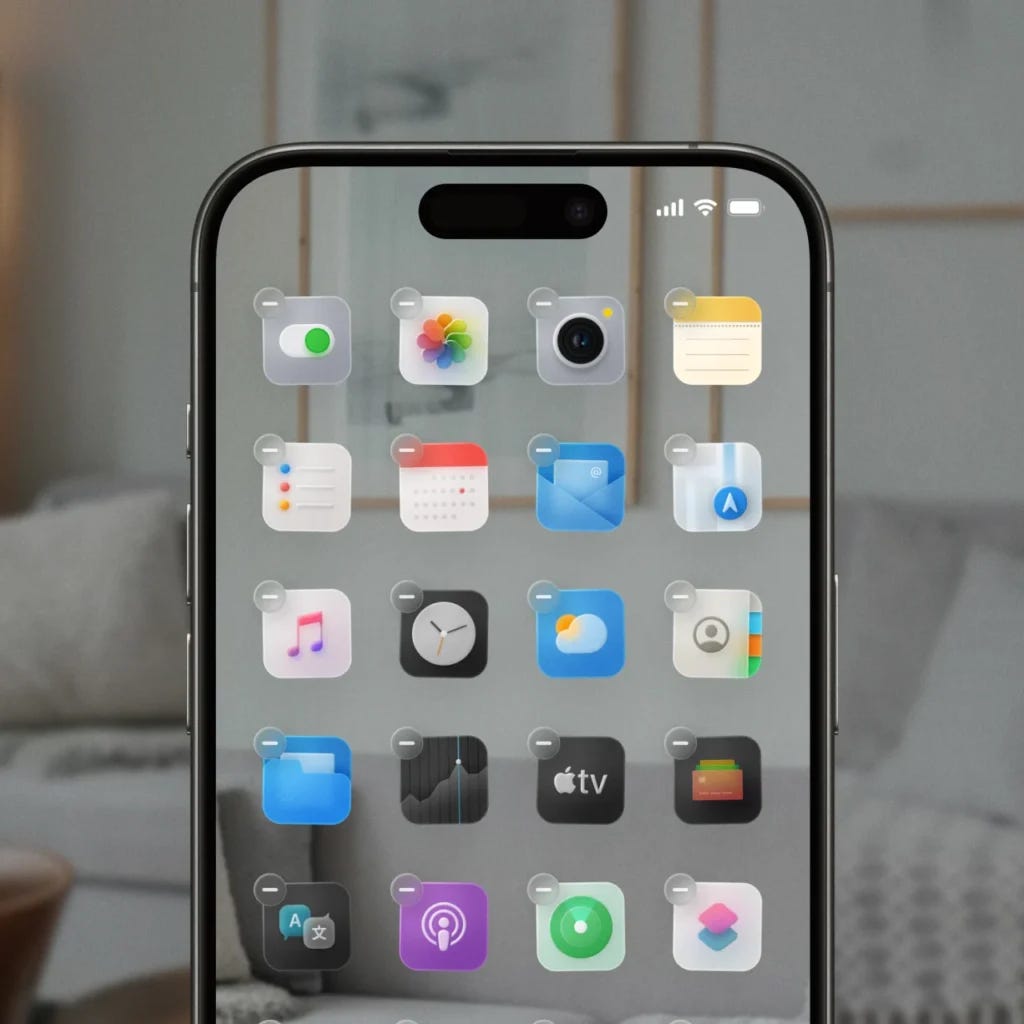Consumers Don’t Care About AI In Products
Or Do They?
My Medium friends can read this story over there as well.

Most people couldn’t care less if the thing they’re using runs on AI, machine learning, or a hamster spinning a wheel under the hood.
As long as it works. Right?
Nobody wakes up and says, “I can’t wait to use some artificial intelligence today!”
They say, “I hope my phone battery lasts,” or “Please let Spotify stop recommending the same four songs.”
And yet, everything companies do and advertise now is AI.
Or at least branded that way. Your phone camera? AI-enhanced. Your Netflix queue? AI-curated. Your car’s parking assist? AI-driven.
So, where’s the break here?
Invisible Tech
AI has become electricity. Ubiquitous. Invisible. And only noticeable when it fails.
Google Maps seems to know traffic jams before they happen. That’s predictive AI, crunching live location data from millions of users.
Your iPhone adjusts brightness or detects your face at weird angles. With AI. The spam filter that keeps your inbox somewhat clean is AI again.
If all that stopped working tomorrow, you’d notice immediately.
But you wouldn’t say, “My AI broke.” You’d say, “Why is my phone being weird?”
That’s the core of it.
AI has become the electricity of the modern digital world. We use it constantly, but never feel like we’re using it.
Tired of the iOS Icons?
Here’s a fresh take! Try these Vision OS icons* instead.
Branding
Tech companies can’t stop shouting “AI”, but for most consumers, those two letters are just not exciting. Average consumers, at least.
At first, “AI-powered” sounded futuristic. Now it’s on everything from photo apps to toothbrushes.
Marketers love the buzzword. Users, not so much. Because they don’t usually buy technology, they buy what that technology does for them. Outcomes.
They don’t want “AI photo enhancement.” They want, “Wow, I actually look good in this picture.”
They don’t want “AI search.” They want, “I found the answer faster.”
They don’t want “AI smart home automation.” They want, “My lights turn off when I forget again.”
The “Apple Test”
Apple tried to actually do the opposite in the beginning.
They practically refused to say “AI.”
Instead, they say “Neural Engine,” “Smart HDR,” “Photonic Engine,” “Live Text,” or “Personal Voice.” They talk about experiences, not the algorithms behind them.
And when they finally added AI to the mix, it was Apple Intelligence, not artificial intelligence.
That’s on purpose, of course.
Apple knows the average user doesn’t want to think about models or machine learning. They want features that feel great but human.
Meanwhile, Google says “AI” as often in their keynotes as the word Google.
People Care About Results
Right?
Well… I am actually not sure about that anymore, but let’s go with it for now.
There’s a reason most people trust their Spotify Discover Weekly playlist more than they trust ChatGPT. One just does the job; the other asks you to engage with it as “AI.”
They’re both AI. The perception is different.
People want better photos, faster recommendations, smarter tools, but not “more AI”.
Even though it’s all AI.
So yes, consumers don’t care about AI. But they care deeply about what AI does.
We all do.
The Moment It Fails
We all care when it fails.
We notice AI when it screws up.
When your YouTube feed recommends crap. When your Tesla decides a shadow is an obstacle. When your photo app recognizes your face as your brother’s.
Then, AI is the problem.
This is where transparency matters. Not about the model architecture, but about what’s automated, what’s personalized, and what’s not.
The real challenge for brands is to make it trustworthy while still calling it AI.
A Generational Split
Just like any new technology, it’s a generational split.
Older users tend to see AI as a gimmick, something unneeded or even suspicious. Younger generations, meanwhile, are growing up with it as default.
Ask a teenager what’s “AI” about their filters or TikTok feed, and you’ll get a shrug. It’s just how the world works. They assume personalization and automation are normal.
For them, “AI” isn’t a selling point. It’s normal life. Like Wi-Fi or Bluetooth for millennials.
What This Means for Companies
AI doesn’t need to be a headline, does it?
It needs to be an invisible partner in the product, and the product should help us do stuff.
People won’t pay extra for “AI,” but they’ll pay for time saved, quality improved, or stress reduced.
The best products in 2026 won’t be the ones labelled “AI”. They’ll be the ones that feel one step ahead of AI.
It’s a fine line.
And companies are still trying to figure out how to cross (or not to cross) it.
The Bottom Line
Consumers don’t care about AI because, honestly, why would we?
We just want things that work.
AI has entered all stages of everyday life, driving with maps, curating our playlists, correcting our grammar, saving our photos. It’s everywhere.
The more invisible AI becomes, the more successful it is.
When people stop noticing the technology and start noticing the results, you know it’s working.
Brought to you by SparkLoop* – the #1 email recommendation tool. And it’s free!



